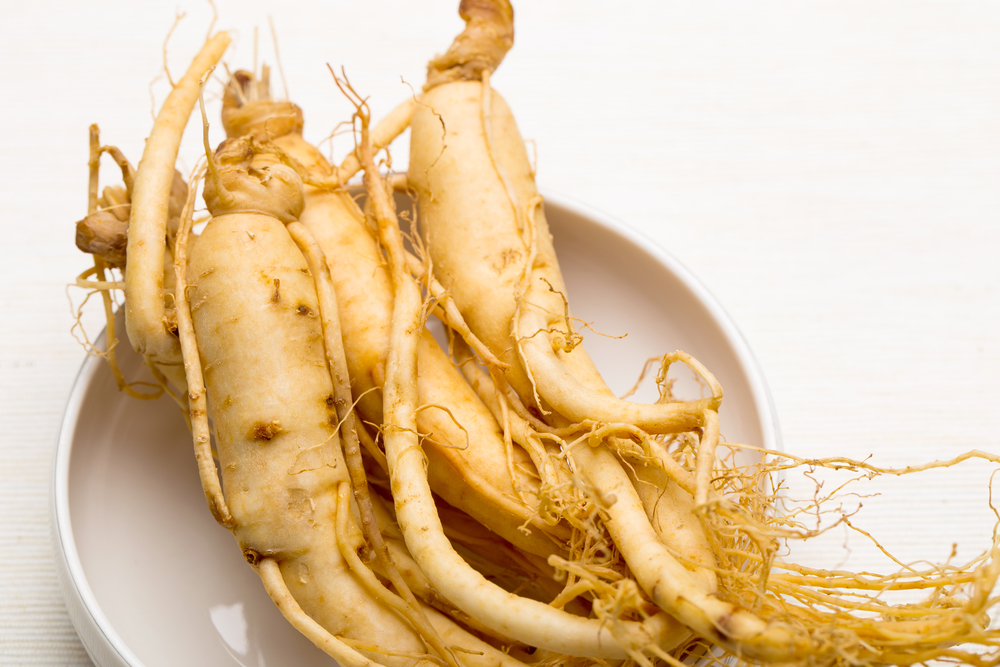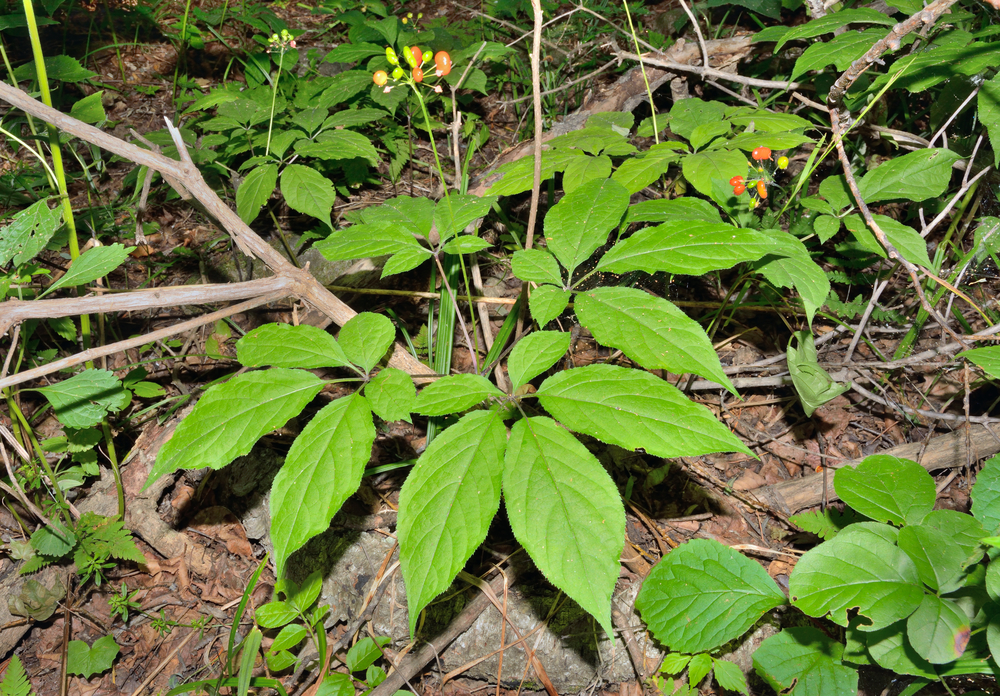Rare ginsenoside benefit: Medical potentials of Rare Ginsenosides
Rare ginsenosides have been shown to have a great property in anti-cancer activities. Studies found that rare ginsenosides inhibit tumor cell proliferation, prevent tumor cell metastasis, induce cancer cell apoptosis and reverse cell resistance to chemotherapy drugs. Since a Japanese chemist initiated the research on the chemical structure of Panax-diol and -triol in 1962, researchers from Korean, Canada, Taiwan show great interest in this field by conducting further research. As chemical research goes in-depth, rare ginsenosides are discovered and revealed to be able to fight cancer. Ginsenoside Rh2 is reported to inhibit the proliferation of liver cancer cells during 1968 and 1964. Research published in 1993 reveals that ginsenosides Rh2 inhibits the proliferation of human ovarian cancer cells. The study in 1996 shows that ginsenosides inhibit the invasion and metastasis of tumor cells. Consistent research has been conducted in order to prove the medical potentials of rare ginsenosides.
Rare ginsenosides are the metabolites of the triterpene compounds that exist in Araliaceae ginseng species. In this case, rare ginsenosides are closely related to but actually distinct from any other ginseng members. Take ginseng for example, ginseng is well-known for its tonic function. Ginseng has a long history of boosting the immune system, improving physical performance, promoting mental focus, and enhancing the quality of sleep. It is not difficult to understand that these effects are exerted due to the chemical constituents of ginseng. Rare ginsenosides are a series of chemical constituents, which won’t exist before biotransformation is completed. However, when people eating ginseng that contain rare ginsenosides, rare ginsenosides are expected to take effects. They affect human bodies in several ways. Except for all the function that ginsengs possess, rare ginsenosides are found to facilitate blood circulation, support cardiovascular and cerebrovascular system, improve mental and physical performance, boost immune systems, improve cognitive performance, and have anti-cancer bioactivities.
Generally, rare ginsenosides are obtained through two ways: gastrointestinal metabolism and technological transform. Gastrointestinal metabolism is a natural and original way to obtain rare ginsenoside compound for human body. As people have a long history of using ginseng as remedy, they may gain benefit from this way long time ago when eating ginseng that contains rare ginsenoside compounds. However, bodily metabolism limits the absorption of rare ginsenosides as digestive system differs from the machine that is able to produce products with a standard number. In particular, disease and aging cause a partially functional degradation so that patients and old people fail to digest and absorb rare ginsenosides to a maximum degree. In addition, as little as 0.05 to 1 gram of rare ginsenosides could be extracted from 10000 grams of Araliaceae ginseng plants. The industrialized preparation is an ideal way to obtain these compounds as it makes a controllable number of rare ginsenosides and reduces waste maximumly.
While rare ginsenosides are found to be effective on the treatment of cancers such as lung cancer, liver cancer, pancreatic cancer, endometrial cancer, ovarian cancer, breast cancer and cervical cancer, the most obvious function on cancer treatment and recovery would be the influence on lung cancer. Lab test shows that rare ginsenosides extract kill lung cancer cells after these two have been put together in a tube for a certain number of hours. There isn’t a theoretical explanation for the reduction of lung cancer cells as the mechanism of this action is complex and requires further experiments and observation. The effectiveness of any ingredients would never be widely recognized unless a solid theory is formulated to explain the exact chemical function. Rare ginsenosides are academically recognized to have anti-proliferative effects on cancer cells, but people are generally unaware of their anti-cancer properties and the mechanism of the action when it comes to the selection of cancer-fighting supplements.
Rare ginsenosides are shown to be able to fight cancer as the highly bioactive ingredients are discovered through meticulous experiments and outcome-based analysis on the chemical structure of these substances. These highly bioactivates exert potent effects on cancer cells so that cancer cell growth path is blocked. Since cancer cells continue to grow and divide uncontrollably without any possibility of turning death naturally, they can be eliminated from human body mainly through two ways. One is the obstacle to getting enough nutrients to feed themselves so that they lose the basic support for growth and division. In fact, one of the most threat posed by cancer cells is that they can make blood vessels to feed themselves, which is called angiogenesis. Another is to kill them directly by external factors as they won’t die naturally. The highly bioactive ingredients discovered in rare ginsenosides are exactly such potent killers that can inhibit angiogenesis and induce tumor cell death.
Study shows that rare ginsenosides exert anti-cancer effects only when the constituents reach a certain amount. That is to say, cancer patients are not expected to receive any positive response even though they eat ginsengs that contain rare ginsenosides. More directly, the substance with a large quantity of these compounds should be taken in order to see an obvious efficacy on tumor and cancer. Since cancer is a disease, more serious than a tumor, the inhibitory effects on tumor are more noticeable when rare ginsenosides are used as a remedy for tumor. At present, products with various rare ginsenosides are available on the market.
Reference
https://www.ncbi.nlm.nih.gov/pmc/articles/PMC3037355/
https://www.ncbi.nlm.nih.gov/pubmed/20686271


